Situated in the foothills of the mighty Himalayas, Corbett Tiger Reserve, and National Park is a veritable panoramic paradise on Earth. The tiger roars here, and wild elephants run amock playfully. Corbett is an amazing realm of biodiversity unparalleled by any other ecosystem on Earth. The vast stretches of elephant grass and dense Sal forest create niche habitats that support incredible wilderness in terms of flora and fauna.
But the foothills of the Himalayas are one of the finest birding hotspots on Earth. Contiguous with the higher reaches of the mountains, the reserve offers sanctuary to over 600 avian species. The figure includes Pale Arctic and local migrants. A large number of mammals some of them uncommon in the rest of India are found in the foothills due to affinity with the Chinese Sub Region and Indo-Malayan Realm. The incredible number of bird species is also due to altitudinal migration. When winter becomes harsh after extreme snowfall the rarely-seen avians descend to Corbett and the neighboring region.


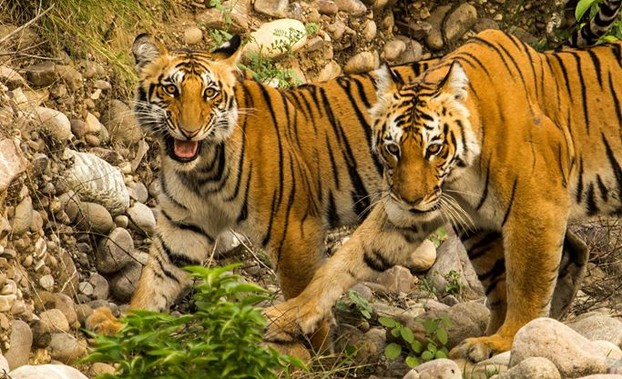



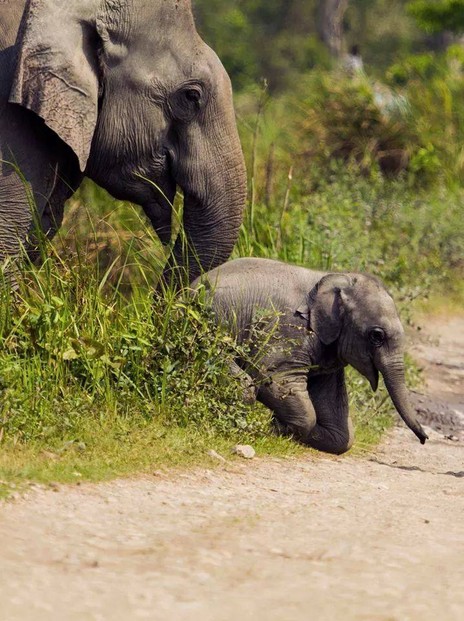
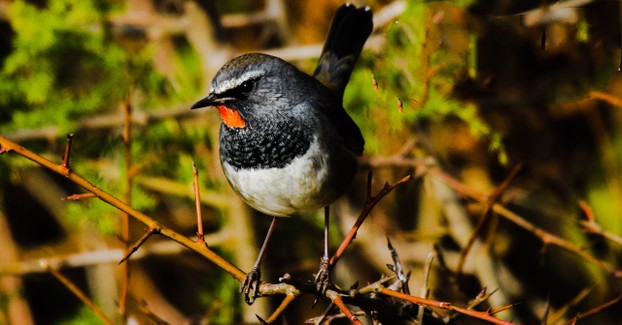







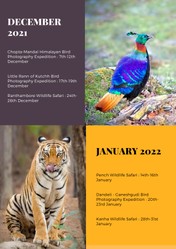

 Full Day Safari in Bandhavgarhon 08/29/2023
Full Day Safari in Bandhavgarhon 08/29/2023
 SEO Campaign: Website Overhaulon 02/13/2023
SEO Campaign: Website Overhaulon 02/13/2023
 Indian Food It Is Not All Curryon 02/08/2023
Indian Food It Is Not All Curryon 02/08/2023
 How Tiger Tourism is Organized in India?on 02/07/2023
How Tiger Tourism is Organized in India?on 02/07/2023

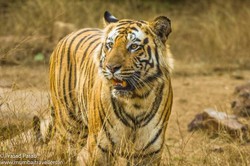
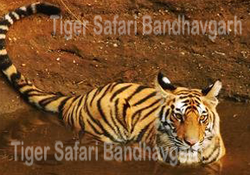
Comments
This has not been studied whether globe skimmers arrive in India. The Indian skimmer is a fish-eating bird.
Your subheading Birds of Corbett National Park Avi-Fauna lists Indian skimmers amongst Corbett National Park birds.
The name made me think of globe skimmers (Pantala flavescens scientifically), also called globe wanderers and wandering gliders. The above-mentioned dragonflies migrate 11,200-some miles (18,000-some kilometers) in one year.
Would globe skimmers be among the insect life -- that perhaps birds eat ;-{ -- at Corbett?